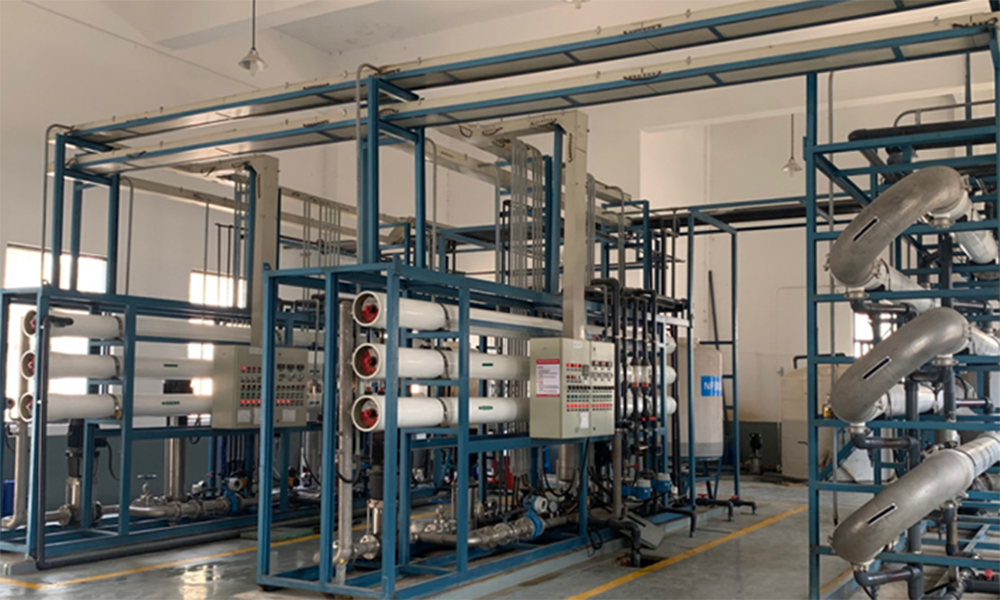
Nanofiltration(NF) is a membrane liquid-separation technology sharing many characteristicswith reverse osmosis (RO). Unlike RO, which has high rejection of virtually alldissolved solutes, NF provides high rejection of multivalent ions, such ascalcium, and low rejection of monovalent ions, such as chloride.
E-MEM brand Nanofiltration membrane element is mainly used in the purification of drinking water and industrial water, wastewater purification and treatment, process fluid in terms of concentration and other aspects of valuable ingredients, the interception rate of monovalent salt is10%-80%, and the interception rate of bivalent and multivalent salt is above 90%.
Nanofiltration refers to a specialty-membrane processthat rejects dissolved solutes in the approximate size range of 1 nanometer (10Angstroms) — hence the term “nanofiltration.”
With respect to the size and weight of solutes thatnanofiltration membranes reject, NF operates in the realm between reverse osmosis (RO) and ultrafiltration (UF) : Nanofiltration membranes can effectively reject,among other contaminants:
▸ Dissolved organics.
It also rejects certain soluble salts. Specifically, NF rejects dissolved saltsin the range of 20 – 98 percent. Salts which have monovalent anions (e.g.,sodium chloride or calcium chloride) have rejections of 20 – 80 percent,whereas salts with divalent anions (e.g., magnesium sulfate) have higherrejections of 90 – 98 percent. Transmembrane pressures are typically 50 – 225psi (3.5 – 16 bar).
The ideal nanofiltration membrane has a very high-waterpermeability, but the ideal permeability of solutes might be near zero or somehigher value, depending on the solute and application. For example, an applicationmay require near-zero permeability for pesticides and 50 percent permeabilityfor calcium ions.
Typical applications of nanofiltration membrane systemsinclude:
▸ The removal of color and total organiccarbon (TOC) from surface water.The key performance parameters of a nanofiltrationmembrane separation process are permeate flux and salt rejection. Underspecific reference conditions, flux (the rate of permeate transported per unitof membrane area) and rejection are predictable, intrinsic properties ofmembrane performance. The flux and rejection of a membrane system are mainlyinfluenced by variable parameters, including:
▸ Pressure:With increasing effective feed pressure, the permeate TDS will decrease whilethe permeate flux will increase.
Other factors that may affect the performance of an NF systeminclude: *Maintenance and operation of the plant.
